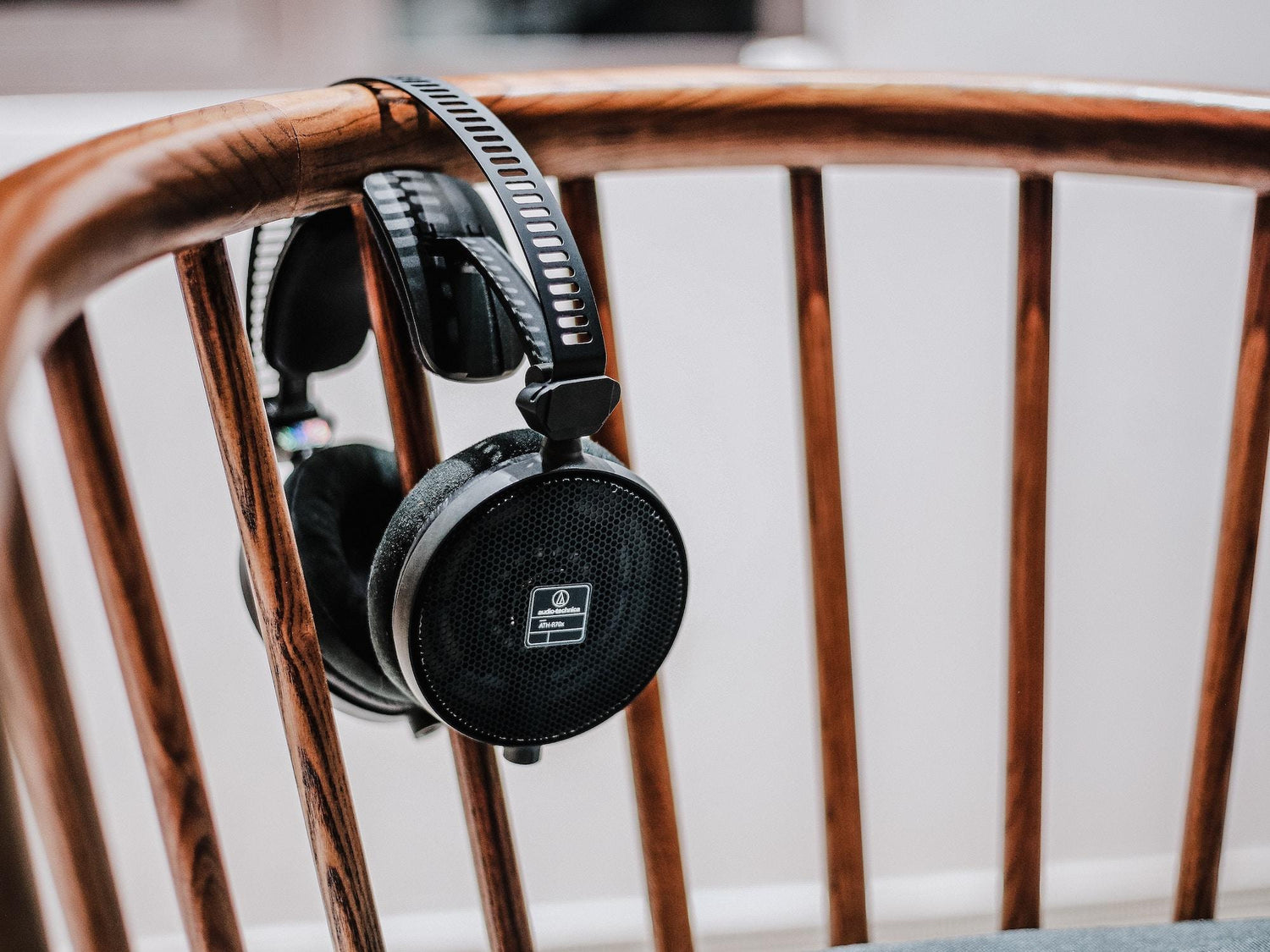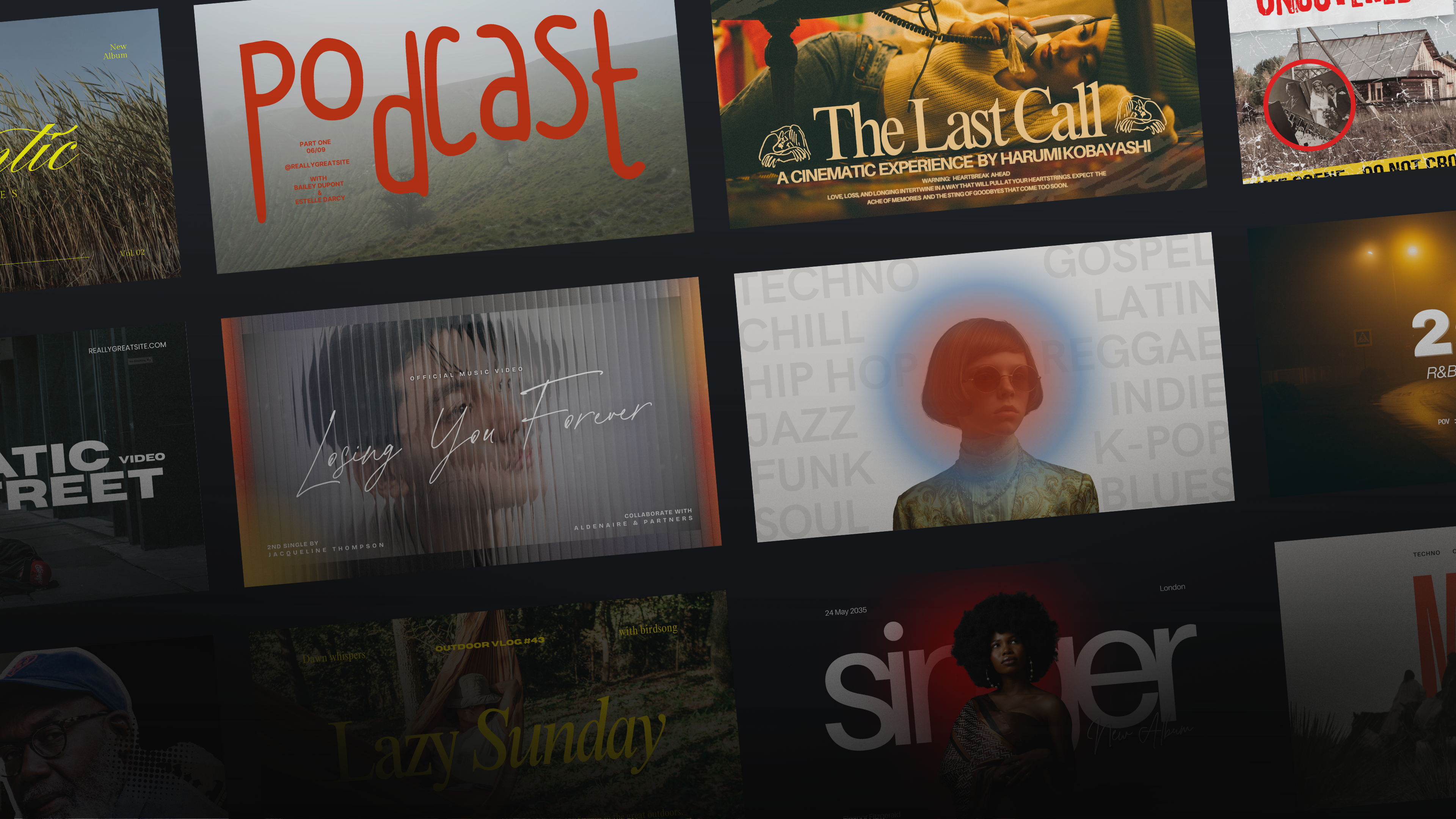It's all about quality.
Steve Jobs changed everything when he told us that you could fit “1,000 songs in your pocket” - yet the first generation iPod was only 5gb.
Some quick math…
The average CD quality audio file size is roughly 10 mb / minute. 10 mb x 3 minutes (average song length) x 1,000 songs (Steve’s magic number) = 30,000 Megabytes. That puts us at 30 gb. If the first iPod was only 5 gb, how is this possible?
Lossy Compression / Voodoo Magic

Lossy compression is a method of reducing file size by removing “unnecessary” data from the original file. In any song there are many overlapping frequencies and tones. Lossy compression (ex. MP3) is an algorithm that eliminates data from those overlapping sounds. The ultimate goal is to limit file size without creating any noticeable difference in audio quality.
So… what’s the big deal?
At first listen, it can be difficult to tell the difference between an MP3 and a lossless audio file. Depending on your headphones / speakers, that difference may be negligible. But not always. Complete a side by side comparison using a hi fidelity audio system and both file types. You might not be able to define exactly why they sound different, but you can generally recognize that the larger audio file sounds more full.
Ok we get it… what does this all mean?

As data storage becomes ridiculously cheap, (you can purchase a 128 gb SD card from Amazon for $29.98) removing data from audio files has become nonessential. Even as streaming dominates the music landscape, fans still build huge collections of digital audio files - and to them, lossless has become a #1 priority. Why settle for a trimmed down version of your favorite album when you can listen to the mix as the artist, producers and mixing / mastering engineers intended?
We’re proud to announce that Single Music now supports direct downloads in multiple formats - MP3, FLAC & WAV.
We believe in giving power to the artist, and now they can offer music to fans at the highest-quality possible.
-Single Music





